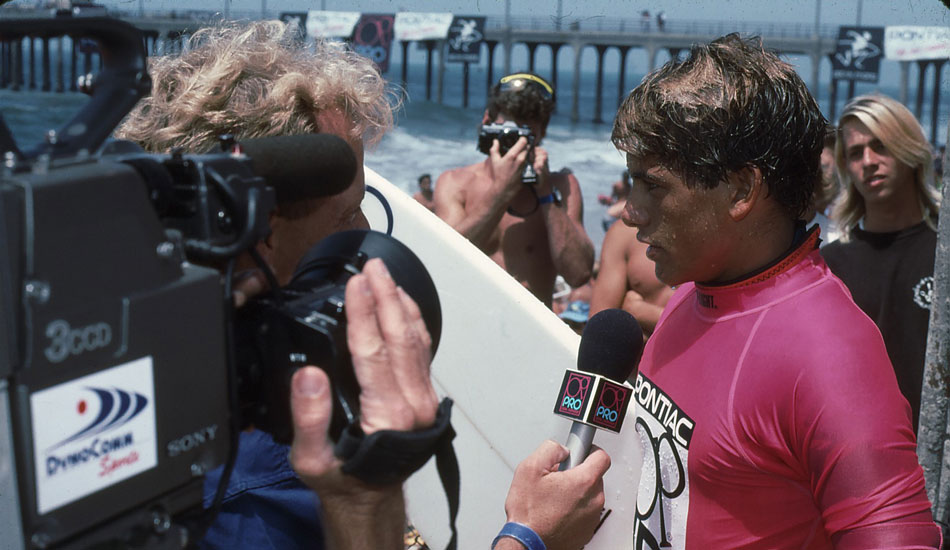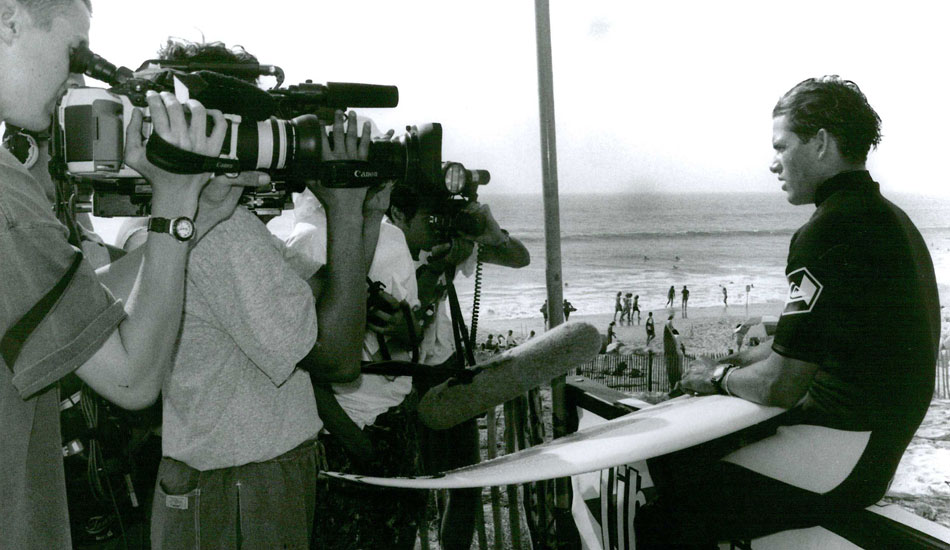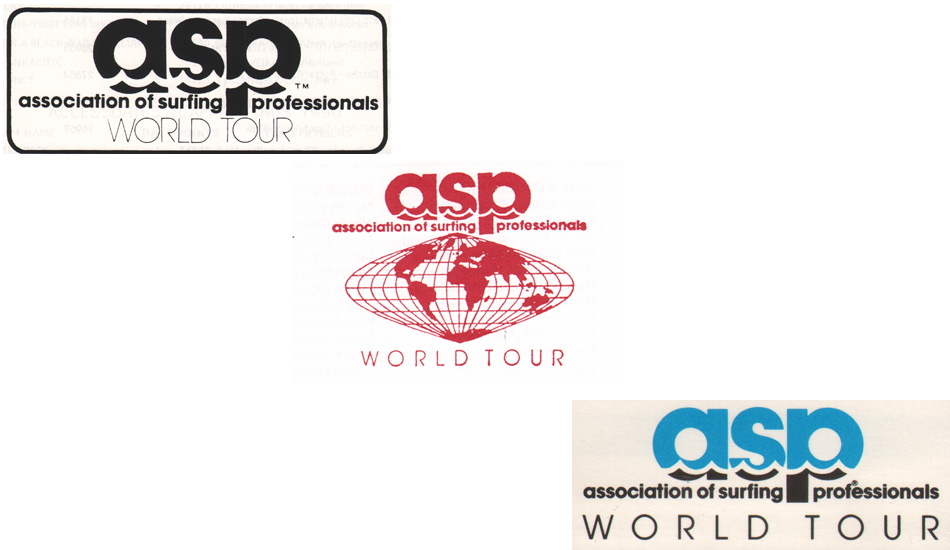When competitions first burst onto the surfing scene in the ’60s, the men and women who participated competed for passion and pride. Not so much in the way of cash as sponsorship wasn’t yet a thing. There was no “surf industry.”
It was the amateur era indeed. Early greats like Bob McTavish, Joey Cabell, Midget Farrelly and Mike Doyle won their respective National Championships and various international events, but beyond that, surfing didn’t have much else to offer.
While surfing’s camaraderie was rich, the surfers themselves were not. There was very little money flowing through the sport. Surfers were rewarded with personal achievement, and much like other amateur sports of the ’60s, any reign at the top was short-lived.
The ’70s saw events such as the Smirnoff Pro, The Duke Kahanamoku Classic and the Pipeline Masters offering around $10,000 in prize money – a stark contrast to the penniless ’60s.With the new decade came new stars – Jeff Hakman, Reno Abellera and Gerry Lopez. These surfers, along with established stars Nat Young and David Nuuhiwa, began earning prize money as well as sponsorship deals.
At this point, the surf industry was still very much in developmental stages in Australia, Hawaii and Japan, and not even on the radar in Europe and South America. However, it was in full swing in California. Riding the ripples made by Gidget, The Beach Boys and the ’60s surf craze, surf companies had spread roots and drew the public to their branding. Once branding went up, fans flocked. It was magnetic.
Mid-decade, events were popping up all over the globe – from Sydney to Rio, Florida to Durban. These tournaments were linked in 1976, during the ASP’s embryonic phase. The International Professional Surfers (IPS), surfing’s very first governing body, crowned Peter Townend surfing’s first world champion. He was followed by Shaun Tomson, Wayne Bartholomew and Mark Richards, who won it four times. By 1984, the tour had expanded to 20-plus internationally-rated events.
The sport ballooned to host over 60 pro events worldwide, and the ASP’s new two-tiered system of ratings was introduced and implemented in 1992, incorporating the surfer, who automatically qualified for the ASP World Championship Tour (WCT) in addition to a Qualification Series (QS) which was also introduced to feed the top tour and keep A-level and B-level talent competing against their own ranks.
In the wake of the ’80s and ’90s, the ASP refocused on staging tour events at prime surf locations rather than metropolitan beaches in the middle of summer which were of notoriously poor quality, wave-wise. The industry and its players caught on quick to this attraction and began hosting events at exotic locations such as Grajagan Bay in Indonesia, Jeffreys Bay in South Africa, Mundaka in the Basque Country, Tavarua in Fiji, Teahupoo in Tahiti and Trestles in Southern California. Around this time, surfing’s newest phenomenon emerged – 11-time ASP World Champion Kelly Slater – while the likes of Lisa Andersen and Layne Beachley pushed women’s surfing to never-before-seen heights.
Eventually, events were shifted to match the correct regional swell season with a waiting period so the surfers had more than ideal conditions in which to perform. This resulted in the ASP’s current mantra of “World’s Best Surfers, World’s Best Waves.” While some locations have delivered better than others, and the location schedule will always entertain debate, destinations like Pipeline, Jeffreys Bay, and Tahiti are second to none.
And in 2014, the sport of surfing had another first. The ASP was taken over by new management and began the process of rebranding and rebuilding professional surfing from the ground up. With new partners in production, media, and sponsorships, the organization has communicated ambitious desires to place professional surfing under the limelight of mainstream interests. With new management’s first year of competition about to begin, focus will shift to Snapper Rock to observe the management of this transition – carefully observing the next step for professional surfing.



















